
Meet the Petri GX-1
The Petri GX-1 is a manual-focus 35mm SLR from the late 1970s that keeps things refreshingly simple. Its fully mechanical shutter works without any power, while a small button-cell only feeds the internal light meter. That split keeps the camera dependable and easy to service decades later.
Key features at a glance
You get straightforward, tactile controls: a top-plate shutter-speed dial, bright focusing screen, and a breech-lock bayonet mount unique to Petri. Native lenses are fewer than other mounts, but the standard 50mm f/1.7 delivers crisp, characterful results and makes a fine all‑purpose starter.


In hand, the GX-1 is lightweight and uncluttered. That makes it a comfortable first film camera and a reliable companion for anyone who values the essentials over automation.
Why the GX-1 Works in 2025
Learn by doing
The Petri GX-1 encourages the fundamentals: set a shutter speed, choose an aperture, focus deliberately. That directness teaches exposure and sharpness in a way that translates to any camera you’ll use later.
Ready for modern workflows
35mm film is thriving, with color and black‑and‑white stocks readily available and labs offering clean, high‑resolution scans. The GX-1’s minimal electronics mean fewer failure points and straightforward servicing, which keeps it a smart, sustainable second‑hand choice.
Affordable route into analog
Because it’s a lesser‑known nameplate, the GX-1 remains a wallet‑friendly way to explore SLR film photography—especially when you can find a body paired with a Petri‑mount lens.
Real-World Shooting Experience
The GX-1 uses manual exposure with a simple in‑finder meter readout. If the battery dies mid‑roll, nothing stops—just meter on a phone or use Sunny 16 and keep shooting. The control layout invites pre‑visualization: think about the light, set your exposure, then wait for the precise moment.
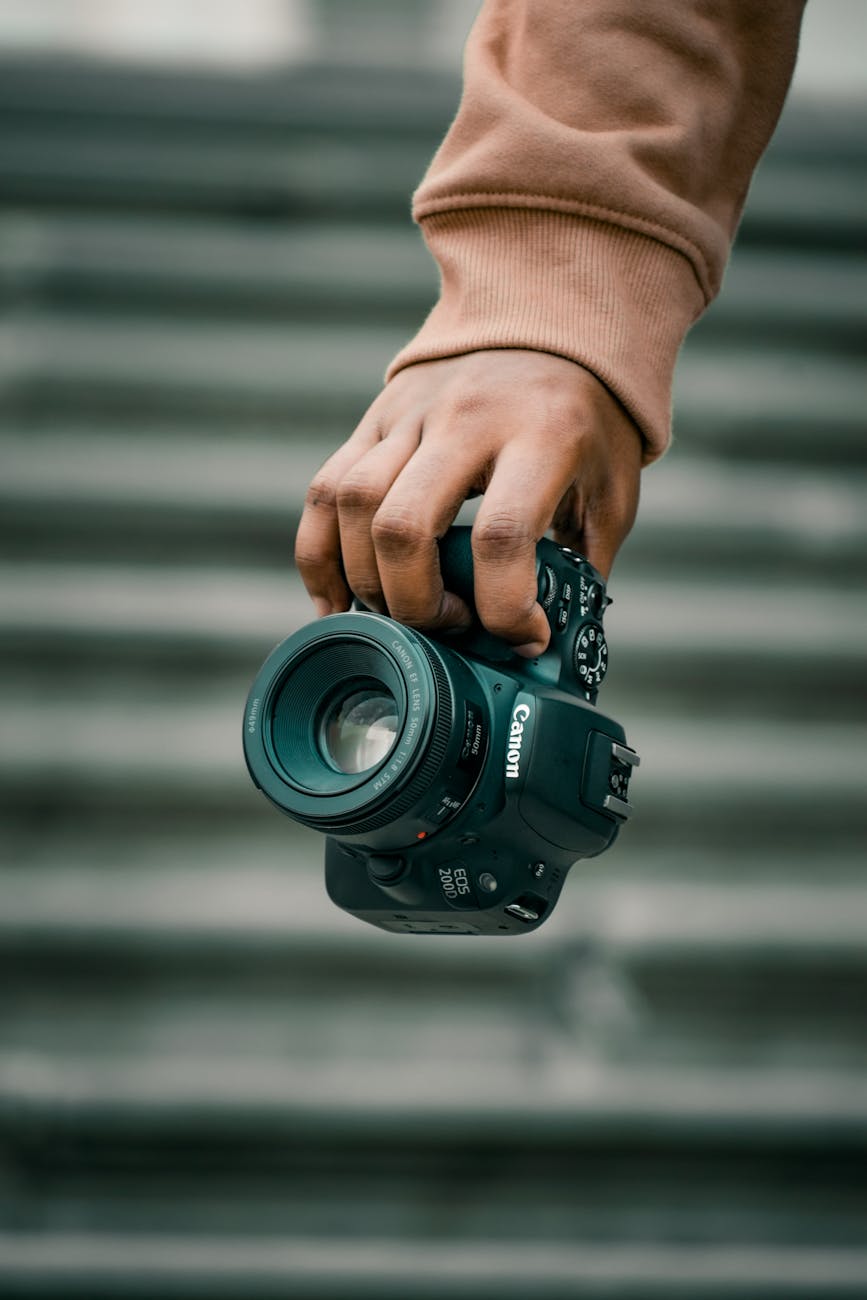
Who it suits
Street photographers will appreciate the quiet confidence of a fully mechanical shutter. Educators can use the clear controls to demonstrate exposure in real time. And anyone looking to slow down will find the GX-1 perfect for mindful, intentional projects.
Setup and Workflow Tips
Film picks that flatter the GX-1
For color, Kodak Gold 200 delivers forgiving latitude and warm tones; Cinestill 400D gives a modern color palette with useful speed. For black‑and‑white, Ilford HP5 remains a flexible classic. Feeling experimental? Try expired film for unpredictable character.
Metering options
If the internal meter is inconsistent, use a smartphone light-meter app or a compact handheld meter. Because the shutter is independent of power, you’re never stuck.
Hybrid scanning made simple
Develop and scan for a flexible, modern workflow. Lab scans are effortless; home scanners (flatbed or DSLR scanning rigs) offer control over color and grain. Save as high‑bit TIFFs or clean JPEGs for quick editing and sustainable archiving.
Creative experiments
Push your look with sprocket‑hole panoramas, redscale rolls, or cross‑processing. The GX-1’s manual control makes these techniques straightforward and repeatable.

Lenses, Batteries, and Accessories
Petri bayonet mount basics
The Petri breech‑lock bayonet mount is unique to this system. A 50mm f/1.7 is the most common kit lens and a strong everyday choice. Because Petri GX-1 lenses aren’t as common as other mounts, buying a body bundled with a Petri‑mount lens is wise.
Battery for the Petri GX-1 meter
The original 1.35v mercury cell is long discontinued. Today, use a 1.4v zinc‑air hearing‑aid battery or a Wein cell. Expect slight meter variance; you can compensate by adjusting ISO or simply meter externally.
Accessories that fit
Standard 35mm straps, cases, and cable releases pair nicely. Adapting Petri lenses to digital is niche and may lose infinity focus, so the GX-1 shines best as a dedicated film body.

Second‑Hand Buying Checklist
When shopping used, prioritize a copy that includes a Petri‑mount lens—native lenses are less common, and a bundled kit gets you shooting sooner.
- Fire the shutter through all speeds; note any sticky slow speeds
- Inspect light seals and mirror foam for goo or crumble
- Check viewfinder for haze, fungus, or debris
- Confirm the meter responds consistently (or plan to use an external meter)
- Verify lens aperture blades are snappy and oil-free
- Advance lever feels smooth; frame counter resets properly
- Look for dents near the mount and rewind knob
- Ask about recent servicing (CLA) or seal replacement
Care and Maintenance
Easy wins for longevity
Replace light seals proactively; DIY kits are inexpensive and make a huge difference in reliability. Store the camera without a battery if it will sit unused, and keep it dry and ventilated.
Keep the mechanics limber
Exercise the shutter monthly across all speeds to keep lubricants moving. If the meter reads a bit hot or cold with a 1.4v cell, compensate via ISO or use an external meter for critical work.

Why the Petri GX-1 Matters
The Petri GX-1 is an affordable entry into timeless analog imaging. It rewards patience, teaches core skills, and keeps well‑made cameras in circulation. As a sustainable second‑hand choice, it’s hard to beat: fewer electronics, straightforward service, and a shooting experience that invites you to slow down and see.
Describe the first roll you’d shoot with a Petri GX-1: the light, the place, and the moment you’d wait for before pressing the shutter.
Ready to begin? Shop tested Petri GX-1 bodies and kits, get notified when a serviced copy lands, add film and a fresh battery to your order, or request a light‑seal replacement so your first roll is a keeper. You can even trade in your Petri gear for store credit to keep the cycle going.
Frequently Asked Questions
Does the Petri GX-1 work without a battery?
Yes. The shutter is fully mechanical. The battery only powers the light meter; you can shoot without it using Sunny 16 or an external meter.
What battery should I use in the Petri GX-1 today?
It originally used a 1.35v mercury cell. Use a 1.4v zinc‑air hearing‑aid battery or a Wein cell. Expect slight meter variance; compensate or meter externally.
What lenses fit the Petri GX-1?
It uses the Petri breech‑lock bayonet mount. A 50mm f/1.7 is common. Native lenses are limited, so buying a body with a lens is recommended.
What issues should I look for when buying a used GX-1?
Watch for sticky slow shutter speeds, degraded light seals, viewfinder haze or fungus, and non‑responsive meters. Most are fixable or manageable.




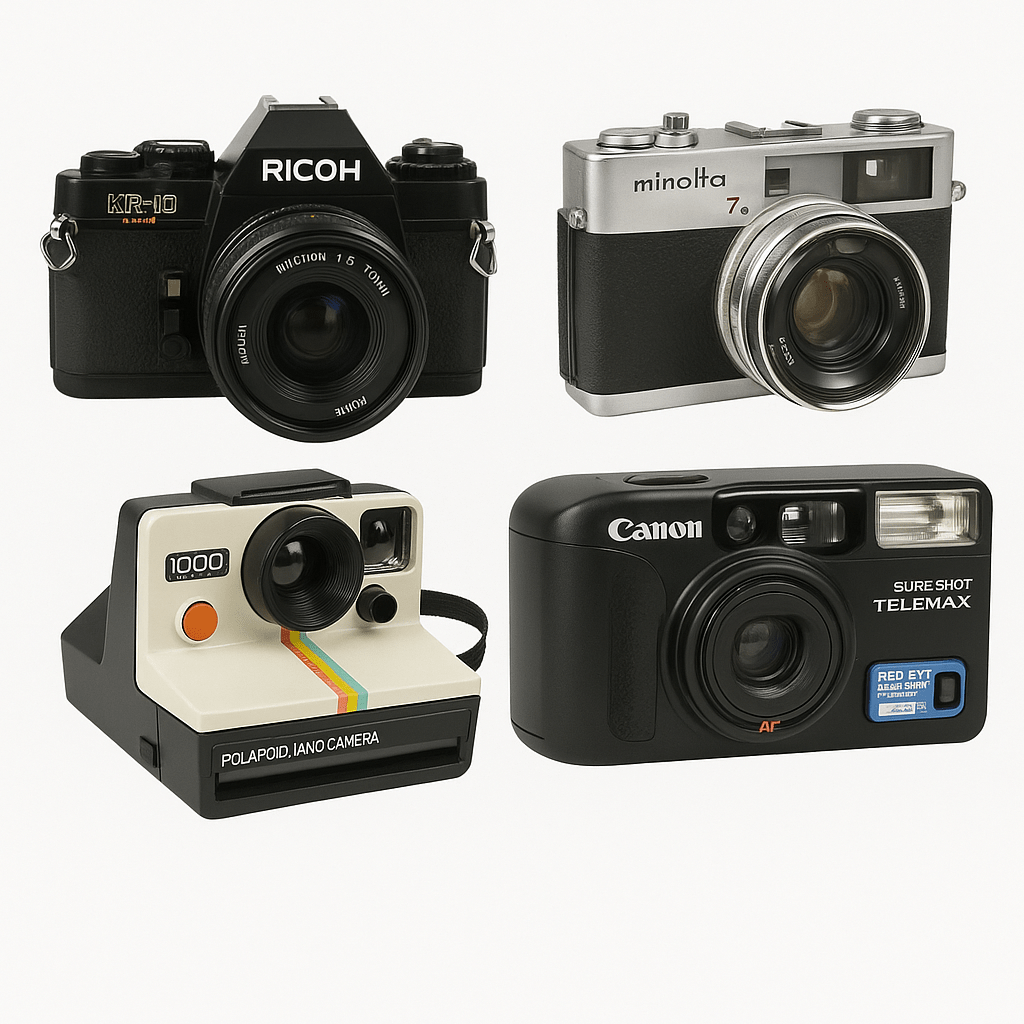
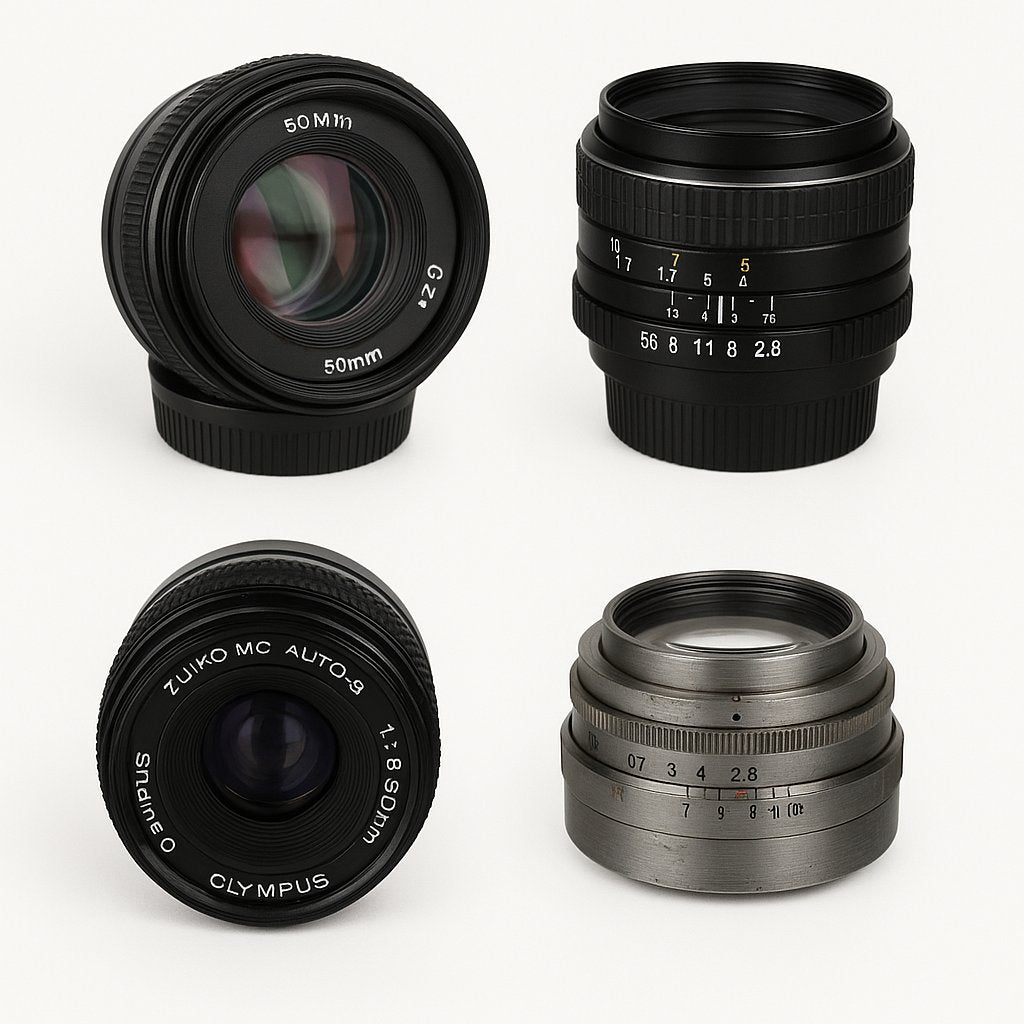

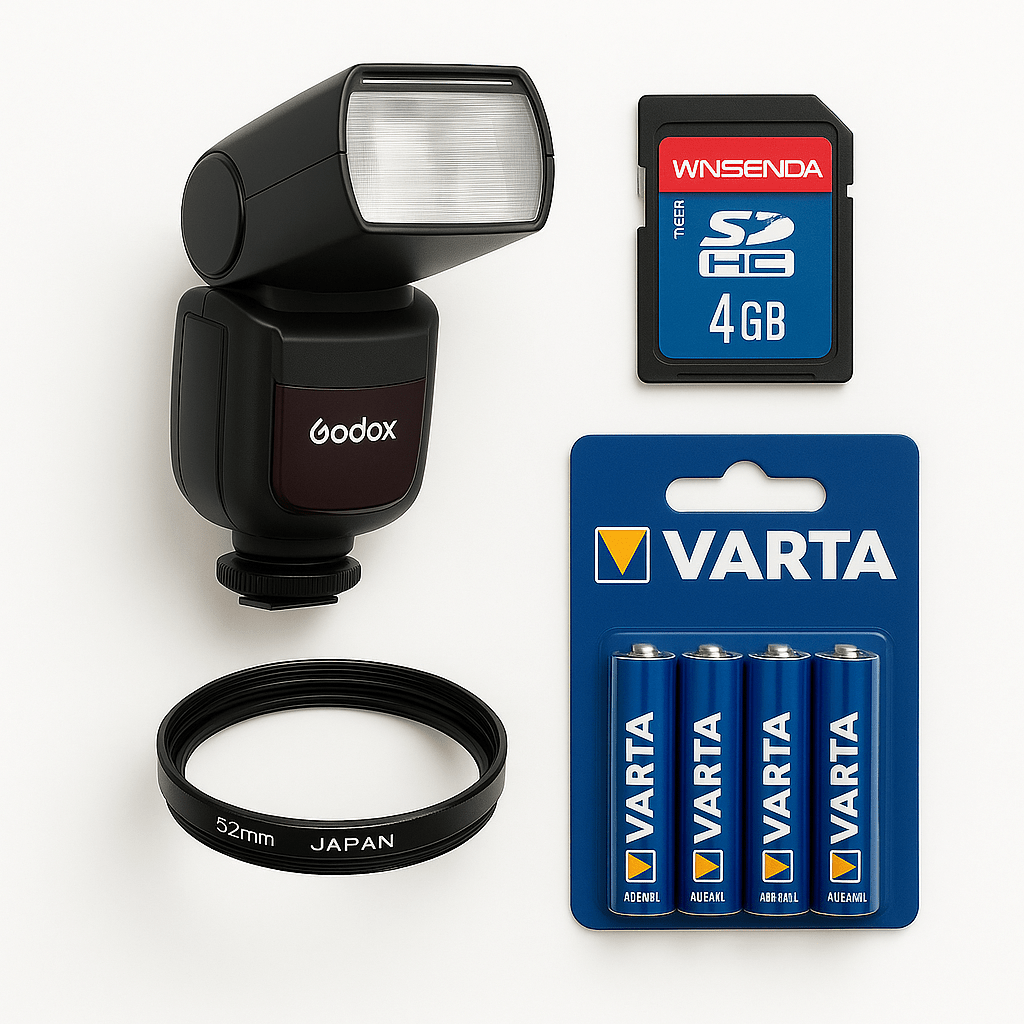

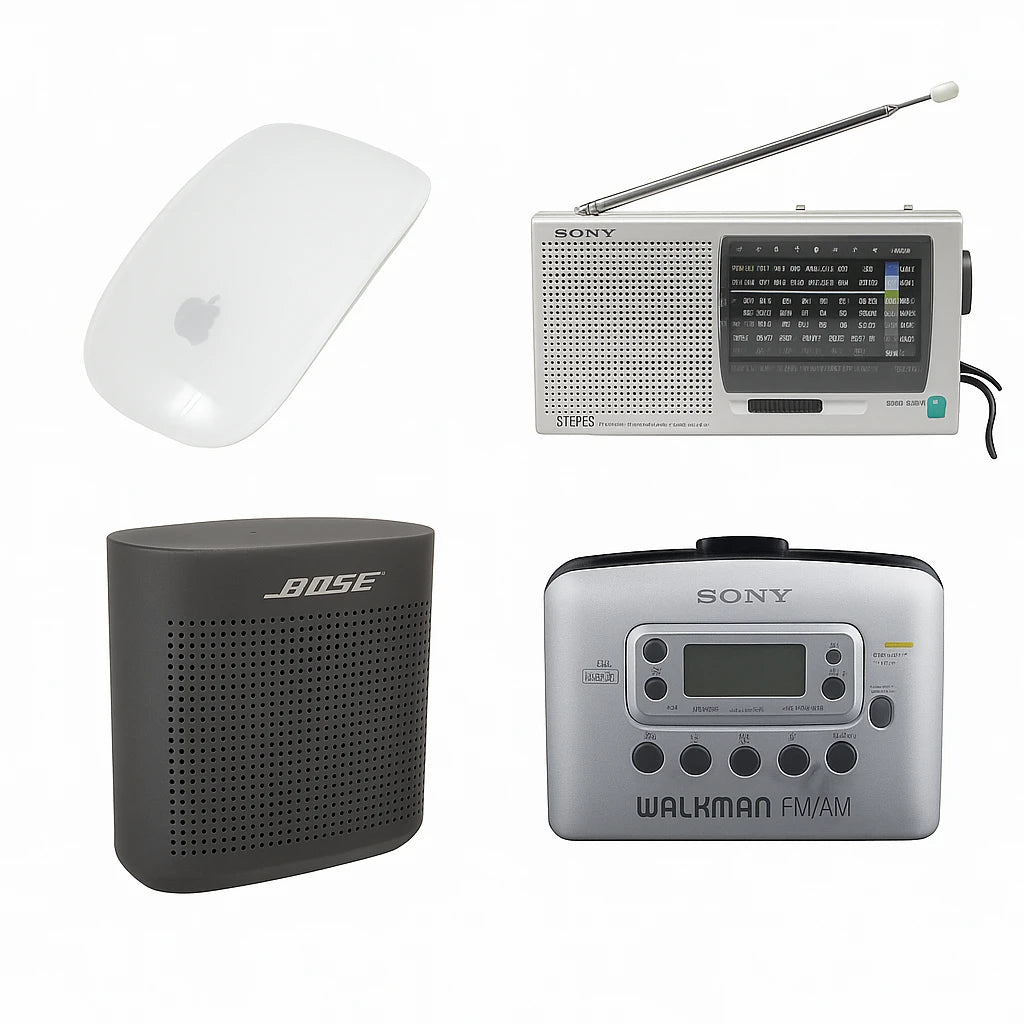
0 comments